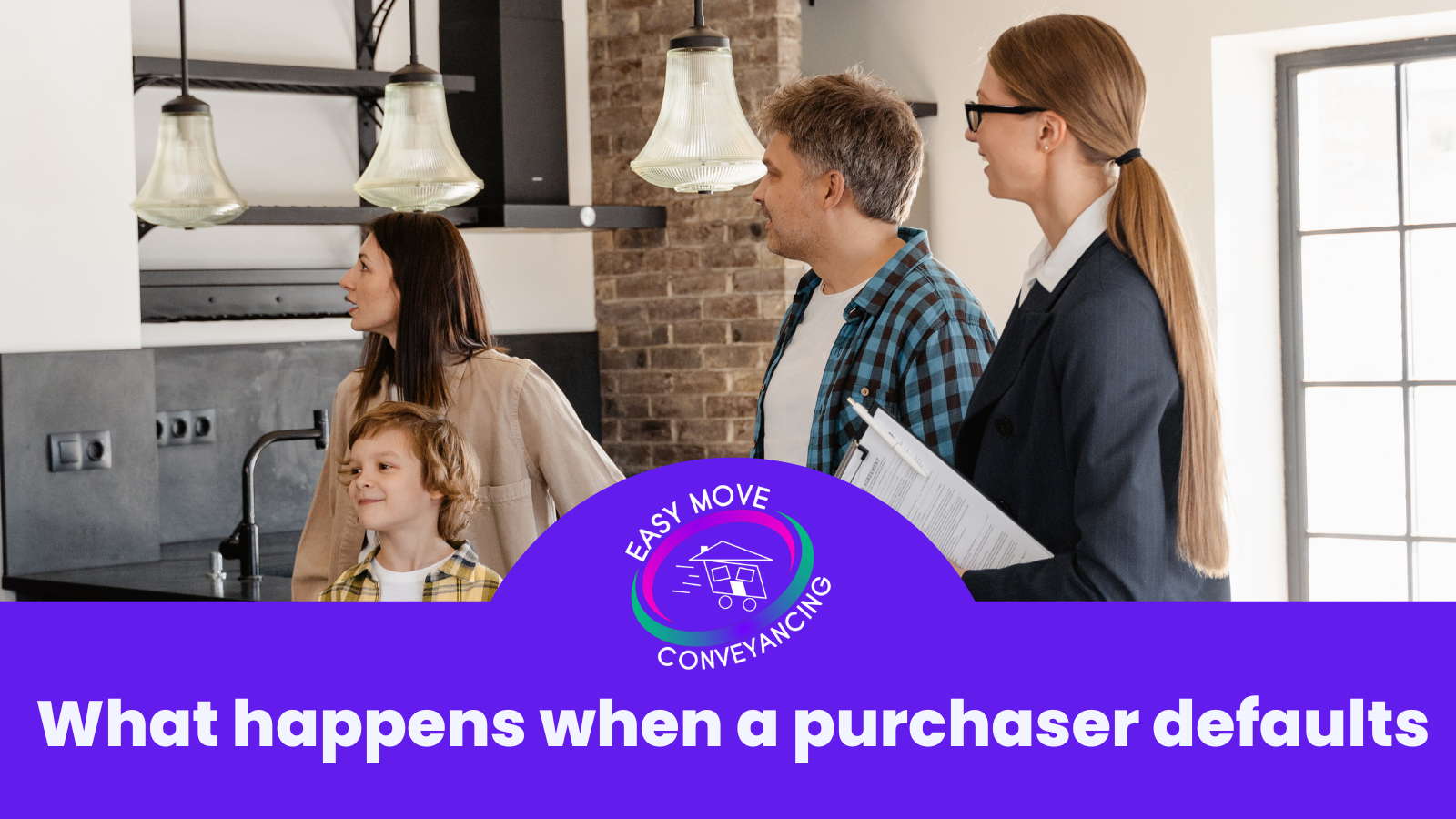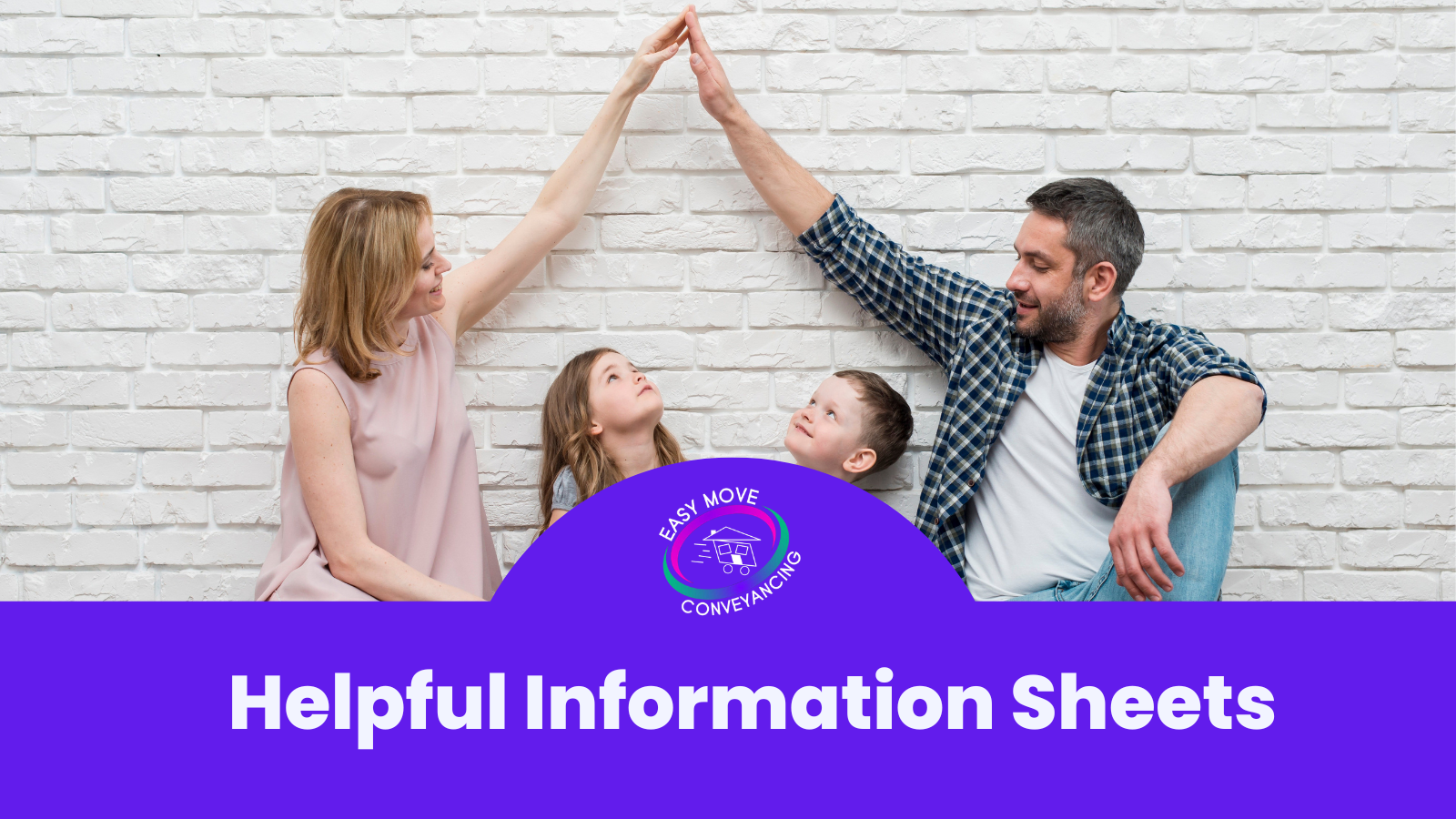Settlement is the culmination of what we’re trying to achieve in a conveyancing file. For the vendor or the seller, they’re wanting to obviously hand over that property and receive the money in return for that and pay out their loans and everything else that they may need to. And for the purchaser, they’re hoping to then attain their title to that property and then move on and do what they might want to do with that.
As a vendor or purchaser, there’s not a whole lot that you would need to do in terms of the actual settlement itself. That’s now all done in an electronic workspace. Currently here in Victoria, we use PEXA. We make sure everything is all put into the PEXA workspace in time for settlement sign-off, and then the electronic workspace does its thing. Money’s transferred and titles are transferred at the same time.
Obviously we need to do adjustments on the property. We also make sure if we’re acting for a vendor, that we’re able to make sure that we give what’s called clear title. In order to do that, we will have arranged for any sort of discharge mortgage, and if there’s caveats on the property, we arrange for those to be removed as well, so that we can give clear title at that settlement time. And for a purchaser, if we’re obtaining, or our client’s obtaining a loan, we have liaised with the bank to make sure that the money is going to be ready in time for that settlement time to take place. Any of those legals are all taken care of.
For you as a purchaser, you would have arranged with your real estate agent to inspect that property, especially if it’s a house or a building or of some sort, you have the right to inspect that within that week before settlements, that’s seven days before settlement. I’d always recommend that you do that as close to the settlement time as possible, but also leave us enough time that if there are any issues that we were able to sort those out prior to that settlement time for you.
Make sure that the property has been thoroughly inspected and is still in the same condition that it was in when you signed the contract. As part of this process, we ensure that you have enough money for settlement. If everything is fine, we will proceed with settlement in an electronic workspace.
If we’re working for the vendor, we’ll make sure the funds that we’ve allotted to pay the vendor go to the right place. We’ll take our fees for doing the work for you, and then if any interest or charges need to be paid, we’ll make sure they get paid as well. We’ll keep you informed every step of the way and make sure you have all your details right.
Just one thing about bank account details. If we’re giving you ours to put money in the trust, make sure that you don’t just go on what you receive in an email or a document. Always make sure you confirm any bank details with your legal representative. Scammers are intercepting emails and replacing the solicitor’s details with their own to trick people into transferring money into their bank account, so be careful!
Once we make sure that all the funds are in the electronic system, we sign off and everything is completed. The settlement process itself takes anywhere from five minutes to 25, depending on how many people need to sign off on things.
Around Christmas, the system can be overloaded and delayed by 45 minutes or more. There’s a cool app called PXA Key, though—you can download it just for your transaction. It’ll alert you when settlement happens and let you know what’s going on.
Once we receive your settlement notification, we’ll alert you that settlement has taken place. We’ll also notify the agent and ask them to pass over keys or release the deposit and any other documents required by the owners’ corporation. We’ll also notify the authorities about your ownership of the property.
From your perspective, you don’t actually need to do much other than make sure the money is there, follow your conveyancer’s directions, and check out that property just prior to settlement and make sure it’s still in the same condition that you purchased it in.
We’ll handle the rest of the details, which may sound trivial, but they’re actually quite complex. We’ll leave those to your solicitor and we hope there are no issues. Usually things go smoothly, and then we can give you a happy phone call and say, “Hey! You’re all settled. All good.”
Hopefully that has helped you a little bit more understand what happens at settlement.
As always, we’d be happy to help you out with your selling, buying or property transfers in any way we can. Get in touch with our team at 1300 459 694 or send an email to settle@easymove.net.au.




